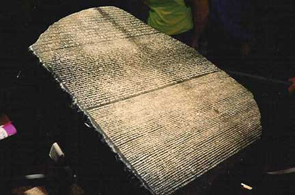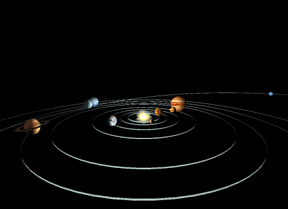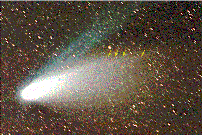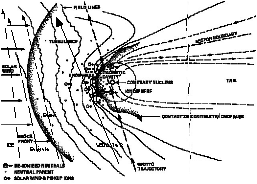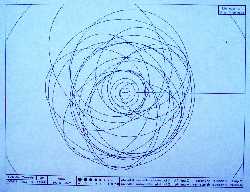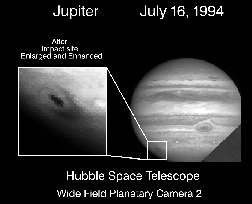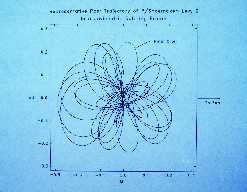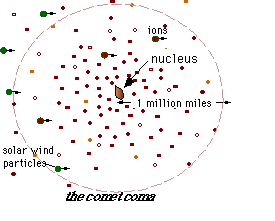Click on image for full size
Rosetta Stone
For thousands of years, the Egyptian civilization used a written language called hieroglyphics. This language was used from ancient times through the last several centuries B.C. At this point, the Greeks under Alexander the Great conquered Egypt and introduced the Greek language. Then, around 50 B.C., the Roman Empire expanded into Egypt and the hieroglyphics language was abandoned completely in favor of Greek and Latin.Sadly, within a hundred years of the Romans taking over Egypt, no one used or even understood hieroglyphics. Nobody thought to record any information on how to translate the language, so from that point on no one could read any of the Egyptian writings written in hieroglyphics. This was a huge obstacle for anyone wanting to study the Egyptian culture.
Hieroglyphics remained a mystery for hundreds of years, even though many people tried to translate the language. It might still be a mystery if not for a chance discovery by a Frenchman in Egypt. While building there, he found a flat block of black stone. This block had three sections of writing on it--one in hieroglyphics, one in another language called Demotic (another language used in Egypt), and one in Greek. This stone is known as the Rosetta Stone.
When scholars began studying the stone, they quickly realized that it contained one message written in three languages. This provided the key to being able to decipher the hieroglyphics code! Today we often hear something compared to the Rosetta Stone if it provides a way to decipher something that would otherwise be very difficult to understand. It is for this reason that the newest comet mission, Rosetta, was named after this famous stone. Hopefully, the Rosetta mission's findings will provide a key to the origin of comets and thus the origin of the solar system.


